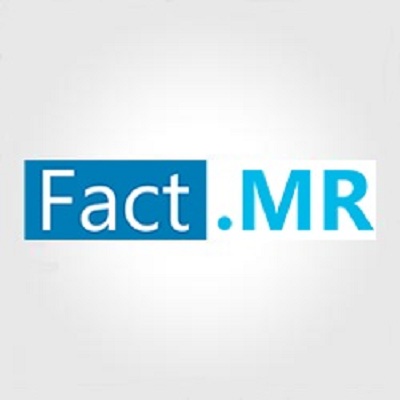The global protective clothing fabrics market will surpass US$ 4 Bn by 2026, growing at an astounding CAGR during 2019-2026. Stringent regulatory framework regarding personnel safety during on-site operations is underpinning the growth trajectory. Manufacturers are banking on product innovations to meet industries as well as customers’ demands.
“As Industry 4.0 is gathering momentum all over the world, industrial operators are looking for ways to disrupt workplace settings. While developed countries are the early adopters of protective clothing fabrics, adoption in developing regions is yet to gain pace due to lax government regulations. However, rising awareness about workplace security in these regions is likely to offer growth opportunities to market players,” says Fact.MR in its recent report.
Request PDF Sample of the 170-page report on the protective clothing fabrics market- https://www.factmr.com/connectus/sample?flag=S&rep_id=665
Protective Clothing Fabrics Market: Key Findings
- Oil & gas industry continues to capture leading value share, driven by rising occupational fatalities.
- Aramids & blends will maintain share-wide dominance over the forecast period.
- Demand for 0.056 to 0.065 inches protective clothing fabrics remains atop.
- Protective clothing fabrics upto 12 oz. continue to shape market growth.
- Europe leads the way in protective clothing fabric market, holding a prominent share in the overall market value.
Protective Clothing Fabrics Market – Key Driving Factors
- Growing prevalence of industrial automation to favor market progress.
- Government regulations regarding occupational safety across various industrial sectors would bolster demand growth.
- Targeting e-commerce channels to broaden customer base to boost revenue development.
- Tech-enabled developments in manufacturing processes to develop efficient protective clothing fabrics, thereby driving market value.
Protective Clothing Fabrics Market – Key Restraints
- High costs of flame-resistant fabrics to remain a major challenge for manufacturers of protective clothing fabrics.
- Gradual decline in rig count in recent past to hamper protective clothing fabrics market growth.
Explore 70 tables, 171 figures of the study. Request TOC of the report at – https://www.factmr.com/connectus/sample?flag=RM&rep_id=665
Competitive Landscape
The global protective clothing fabrics market is highly fragmented, with the top three players making up nearly a third of total sales. In a highly competitive scenario, market players are focusing on leveraging innovative technologies to develop products to gain leading edge. Key players in the protective clothing fabrics market include Evonik Industries, Gunei Chemical Industry Co. Ltd., Huntsman International LLC, Kaneka Corporation, Koninklijke Ten Cate nv, Milliken & Company, PBI Performance Products Inc., Solvay SA, Teijin Aramid B.V.,
About the Report
This 170-page study provides comprehensive market projection on the protective clothing fabrics market. The report offers actionable insights on the protective clothing fabrics market based on material type (aramid & blends, polyolefin & blends, polybenzimidazole (PBI), cotton fibers, laminated polyesters, and others), end user (oil & gas industries, mining, packaging, automotive, marine, pharmaceuticals, electronics and electrical, construction, and others), thickness (upto 0.056 inches, 0.056 to 0.065 inches, 0.065 to 0.080 inches, 0.080 to 0.102 inches, and greater than 0.102 inches), weight (Up to 12 oz. per sq. yard, 12 to 17 oz. per sq. yard, 17 to 22 oz. per sq. yard, 22 to 33 oz. per sq. yard, and greater than 33 oz. per sq. yard) and across seven regions (North America, Latin America, Europe, Japan, Asia Pacific excluding Japan, and Middle East & Africa).
Media Release: https://www.factmr.com/media-release/1300/industrial-protective-clothing-fabrics-demand






